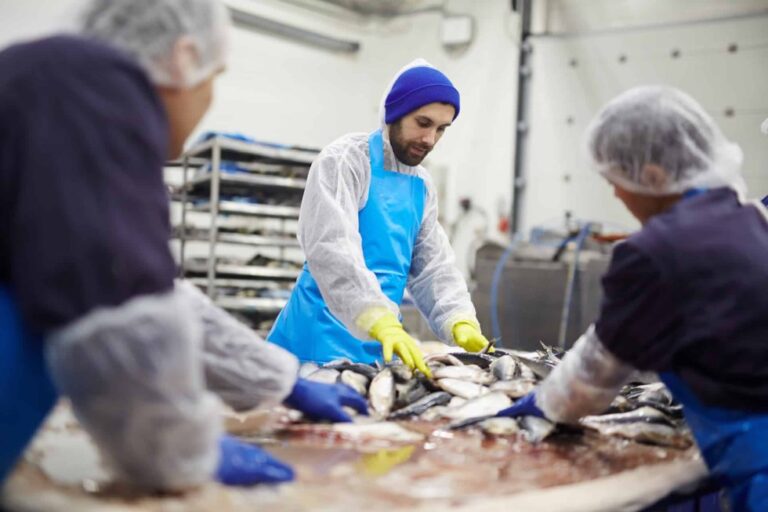Health and safety regulations in meat plants
Work in places related to the meat industry is strictly regulated by health and safety regulations, which define not only requirements related to working conditions, premises or safety procedures, but also important for the safety of the activities of the employer and employee. The basic obligations of the employer include providing employees with adequate collective and individual protection measures, i.e. all disposable items and accessories, as well as clothing and footwear for work. It is the employer’s responsibility to train the employee in their proper use and to keep records of the issued personal protective equipment. The employee is obliged to use the funds issued to him during work, as well as to use them in accordance with their intended purpose. All defects and shortages in personal protective equipment must be reported to the employer immediately.



